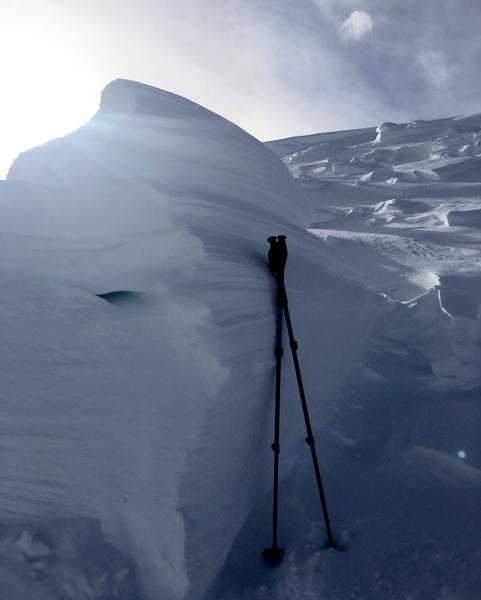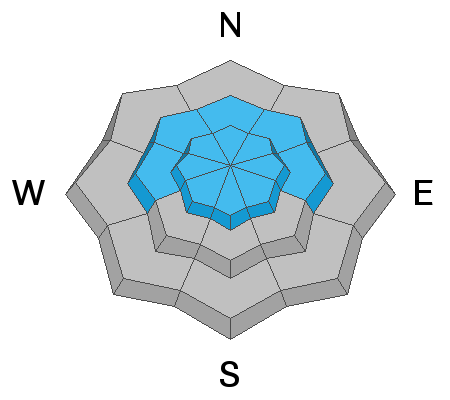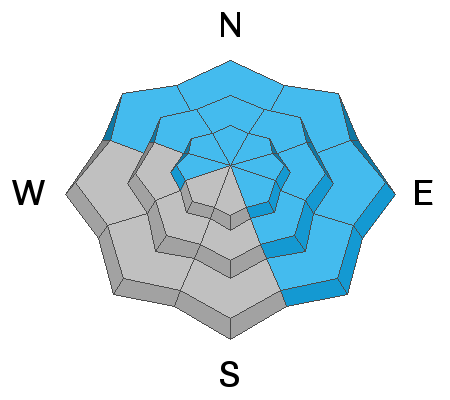Forecast for the Ogden Area Mountains

Issued by Trent Meisenheimer on
Thursday morning, January 10, 2019
Thursday morning, January 10, 2019
Update: 8:30 am: Today, the avalanche danger is MODERATE on all steep upper elevation slopes for triggering new drifts of wind blown snow. MODERATE danger also exits at the mid elevation northwest through east facing terrain for wind drifted snow. There remains a MODERATE danger for the possibility of triggering a larger and deeper avalanche that breaks (1-4' deep) into faceted snow at the upper elevation west through southeast facing terrain and at mid to low elevation northwest through souteast facing terrain. Evaluate snow and terrain carefully, and identify features of concern. Human triggered avalanches are possible.

Low
Moderate
Considerable
High
Extreme
Learn how to read the forecast here









